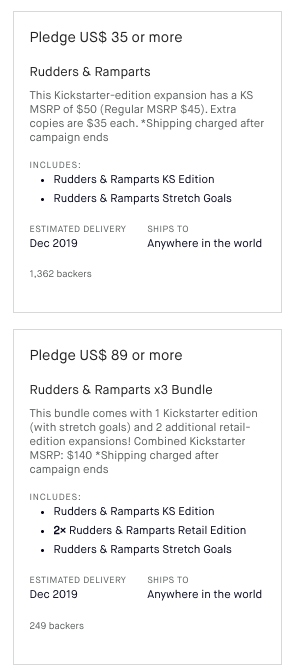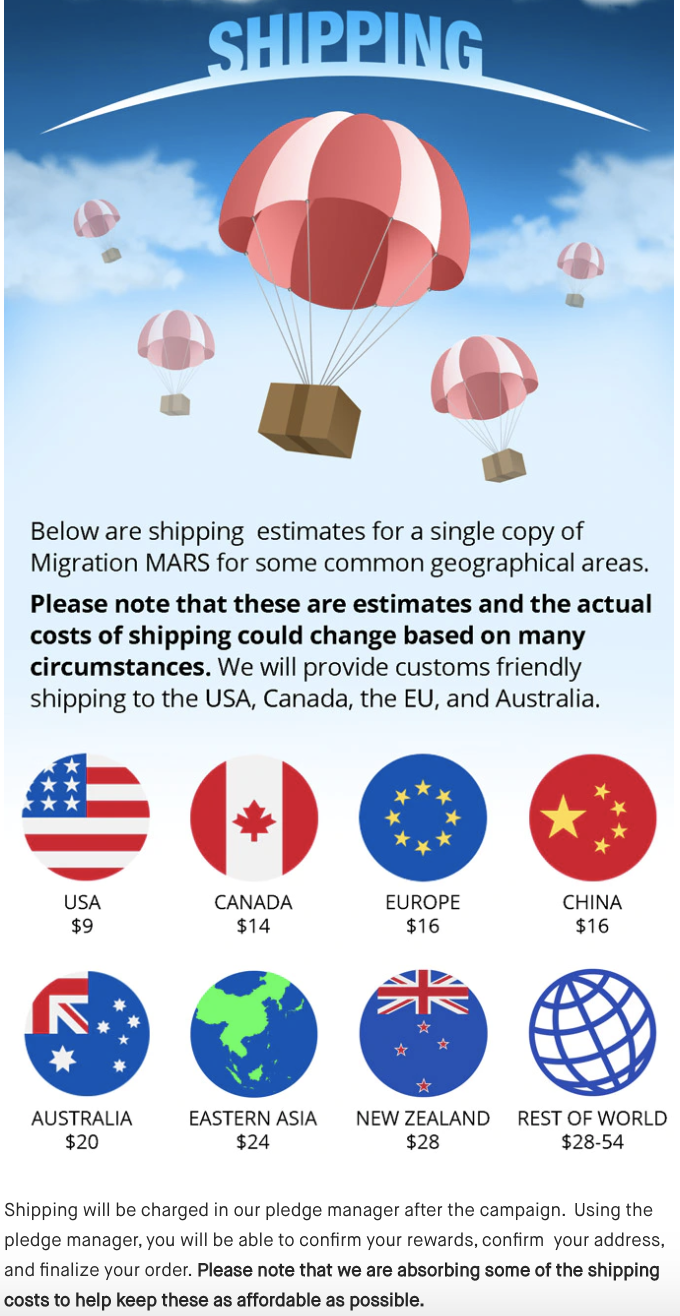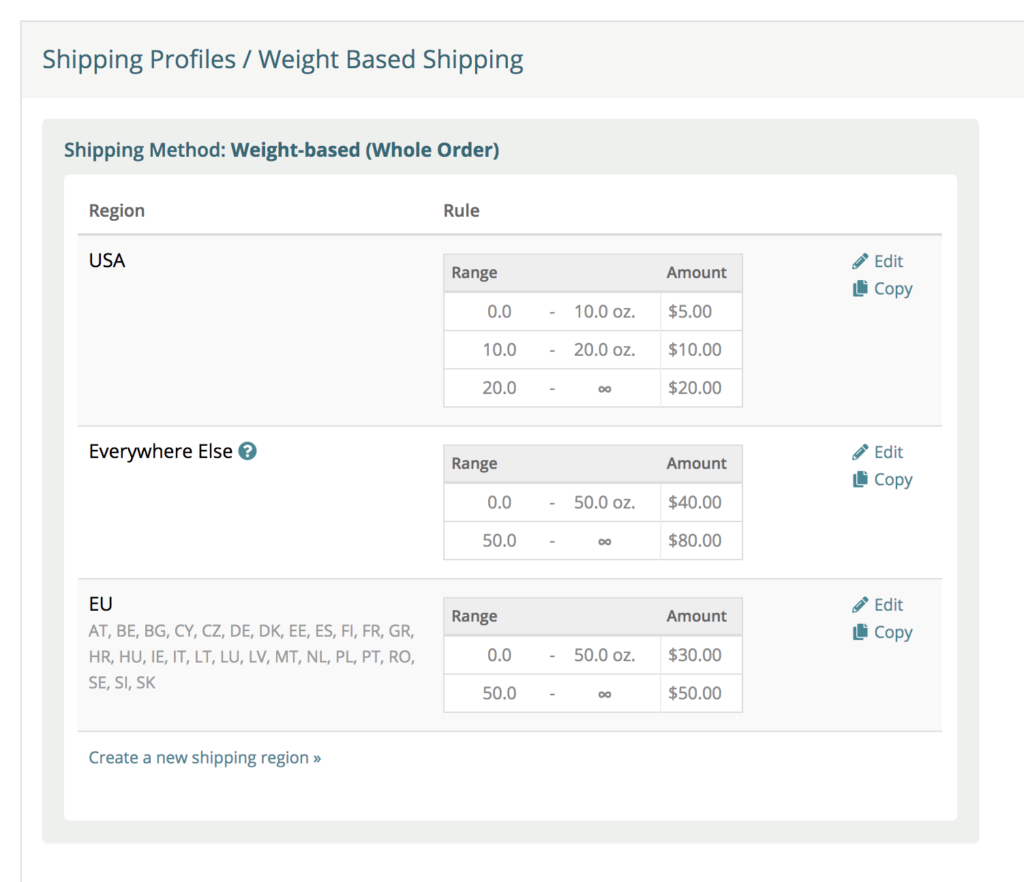Most Kickstarter and Indiegogo creators charge for shipping before finishing a campaign. To follow this model, creators must estimate shipping costs, often without knowing how much the product will ultimately weigh.
But what do you do if the actual shipping costs are higher than those initial calculations? What will backers think if you end up having to charge an additional shipping fee because your estimate was incorrect?
It’s questions like these that are leading more and more creators to charge for shipping after their campaign is finished.
The benefits of charging for shipping post-campaign
Setting shipping fees post-campaign makes it possible for you to charge based on the total weight of each backer’s order and account for costs associated with add-ons. Doing this saves you from having to foot shipping costs if a pre-campaign estimate is incorrect. What’s more, waiting until after the campaign is over gives you time to talk to third-party logistics providers (3PLs) and fulfillment companies to get real-world estimates.
In addition to minimizing guesswork, adding shipping fees post-campaign can be easier on your wallet. Crowdfunding platforms often take 5% of shipping costs (plus another 3% for credit card processing fees) when those costs are set within the platform. But when you charge for shipping through another service after your campaign is finished, you may be able to avoid those fees.
Creating your shipping plan
Adding shipping fees after a crowdfunding campaign is easier than you might think. Here are the three things you should keep in mind as you prepare.
1. Collect your backer’s country information (and perhaps limit the number of countries you will accept)
Kickstarter allows you to set up shipping in a few ways, which you can review here. If you know you 100% won’t be shipping to Russia and Brazil, for example, you should exclude those countries upfront. Instead of selecting “No shipping involved” (which should only be used for digital-only pledge levels), you can select the countries you plan on shipping to and charge $0 on Kickstarter. Having this basic location information will help tremendously when it comes time to chat with fulfillment partners about what shipping will actually cost.
2. Let backers know when they’ll be charged
Manage your backers’ expectations by making it very clear that you plan on charging shipping after the campaign using a pledge manager. Failure to do so upfront could confuse or even anger backers, and weaken the relationship you’ve built with them.
Keep backers happy and informed by including shipping details in your pledge level descriptions and the “shipping” section of your campaign. A good example of this is Feudum: Rudders and Ramparts, which includes this information on every pledge level.

Another excellent example is Migration: Mars, which has a detailed shipping section that includes shipping estimates for several different countries as well as shipping restrictions. The creators also include shipping information in their FAQ.

3. Be transparent
It’s okay to offer shipping estimates and to include information on whether your campaign will be EU-friendly. Be as open and honest with your backers as possible. You don’t have to have everything set in stone, but communication is key.
Note: If you decide to charge backers for VAT/import taxes after your Kickstarter, but prior to shipping, you can charge them a percentage based tax in BackerKit. You should chat with your fulfillment partner to see if this makes sense for your shipping plan, as not all fulfillment services allow you to pre-pay VAT on behalf of your backers.
How to add shipping after your campaign
When the dust has settled, and you’ve had a chance to do some real research on shipping fees, you can add your shipping costs to your post-campaign survey via BackerKit. The easiest way to do this is to set up a whole-order weight-based shipping table, which will charge your backers based on location and the total weight of the items in their order.
You can be as granular and detailed as you want, or you can keep things pretty simple. When your backers go through the survey, they’ll be charged the correct amount based on the “rules” that you’ve set up.

If this weight-based structure doesn’t work for you — fear not! You can still charge based on pledge levels and add-ons separately. We built BackerKit to accommodate a variety of shipping cost structures.
Get in touch with our team if you have any questions about charging shipping after your campaign has successfully funded.

